Fentanyl Patch
$230.00 – $1,300.00
By following the best practices for safe fentanyl patch use, patients and caregivers can ensure the effective management of chronic pain while minimizing the risks associated with opioid therapy.
Fentanyl Patch: A Comprehensive Guide to Usage, Benefits, and Risks
The fentanyl patch is a potent pain-relieving medication prescribed to individuals suffering from chronic pain, typically those who require continuous, long-term opioid treatment and cannot be adequately managed with other options. In this article, we will explore the fentanyl patch, its uses, benefits, potential side effects, and the importance of safe usage.
What is a Fentanyl Patch?
The fentanyl patch is a transdermal patch that delivers the powerful synthetic opioid fentanyl through the skin into the bloodstream. It provides sustained pain relief over a 72-hour period, making it suitable for patients with severe, persistent pain conditions, such as cancer pain, that cannot be managed with short-acting painkillers.
How Does the Fentanyl Patches Work?
The fentanyl patches work by slowly releasing fentanyl over a set period. Once applied, the patch adheres to the skin, and the drug is absorbed into the bloodstream, where it interacts with opioid receptors in the brain to block pain signals. This mechanism makes the fentanyl patch effective for managing moderate to severe pain, especially for those who require continuous, round-the-clock relief.
Benefits of the Fentanyl Patch
- Long-lasting Pain Relief: One of the key advantages of the fentanyl patch is its ability to provide pain relief over an extended period, reducing the need for frequent dosing.
- Convenience: Because it is applied only once every three days, it simplifies medication routines for patients with chronic pain.
- Stable Drug Levels: The transdermal delivery method helps maintain more consistent fentanyl levels in the bloodstream, minimizing the peaks and troughs associated with oral opioids.
- Non-invasive: Unlike injections or oral medications, the fentanyl patches is non-invasive and may be more comfortable for patients.
Risks and Side Effects of the Fentanyl Patch
Despite its effectiveness, the fentanyl patch carries significant risks, especially if not used as prescribed. Some common side effects include:
- Drowsiness and sedation
- Nausea and vomiting
- Constipation
- Confusion or dizziness
- Sweating or skin irritation at the application site
Serious Risks
- Overdose: Fentanyl is an extremely potent opioid, and improper use of the patch—such as applying multiple patches, using it on broken skin, or exposing it to heat—can lead to overdose. Signs of overdose include difficulty breathing, extreme drowsiness, and loss of consciousness, requiring immediate medical attention.
- Addiction and Dependence: Like other opioids, fentanyl patches have a high potential for addiction, especially with long-term use. Patients must follow their healthcare provider’s instructions precisely to minimize the risk of dependency.
- Drug Interactions: The fentanyl patches can interact with other medications, particularly other CNS depressants like benzodiazepines or alcohol, increasing the risk of dangerous side effects, including respiratory depression.
Who Should Use a Fentanyl Patch?
Fentanyl patches are generally prescribed to patients who:
- Suffer from severe chronic pain (e.g., cancer pain or end-of-life care).
- Have developed tolerance to other opioids, meaning they no longer respond to weaker opioids at therapeutic doses.
- Require long-term opioid therapy and are under close supervision by a healthcare professional.
It is not recommended for opioid-naïve individuals (those who have not used opioids before) or for acute, short-term pain, as the potency of fentanyl can be overwhelming and potentially dangerous in these cases.
Safe Use and Handling of Fentanyl Patches
To ensure the safe use of the fentanyl patch:
- Apply as directed: Only apply the patch to intact, non-irritated skin on the upper body or arms. Do not cut or alter the patch.
- Avoid heat exposure: Do not use heating pads, hot tubs, or saunas while wearing the patches, as heat can cause increased fentanyl absorption and raise the risk of overdose.
- Dispose of patches properly: Used patches still contain fentanyl and should be folded in half with the sticky sides together and flushed down the toilet or disposed of according to your pharmacy’s instructions.
- Keep out of reach of children and pets: Accidental exposure to a fentanyl patch can be fatal, especially in children.
Conclusion
The fentanyl patch is a critical tool in the management of severe, chronic pain, offering long-lasting relief for patients who require continuous opioid therapy. However, its potency means that careful adherence to medical guidelines is essential to avoid serious side effects, including overdose and addiction. If you or a loved one are considering the use of fentanyl patches, it’s important to have a thorough discussion with your healthcare provider about the benefits and risks involved.
By using fentanyl patches safely and responsibly, patients can experience effective pain management while minimizing the potential for harm.
| Weight | 10 patches, 20 patches, 50 patches, 100 patches |
|---|
2 reviews for Fentanyl Patch
Add a review Cancel reply
Related products
Pills

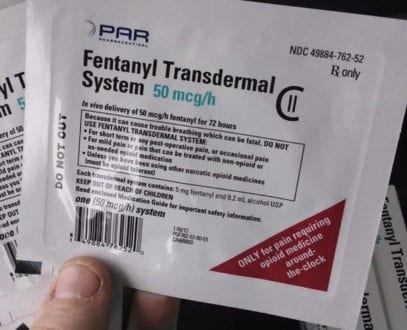
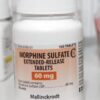

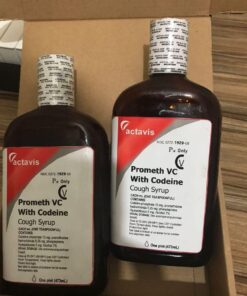



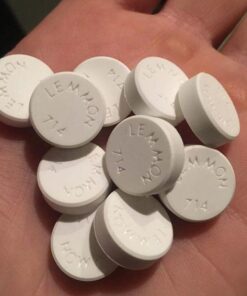


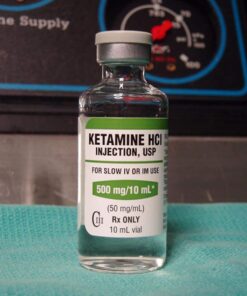
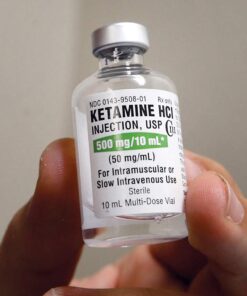
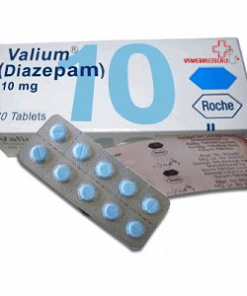
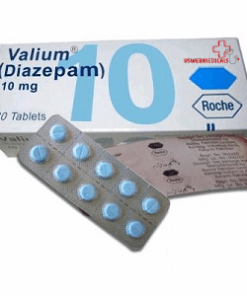
 WhatsApp us
WhatsApp us
danni –
I couldn’t ask for more. Perfect is an under statement
castello –
from order till receiving. Product consistent quality. Recommend.